Tax included and shipping calculated at checkout
- Posted on
Magnesium salt for muscle recovery, strength and endurance

What are muscle cramps?
Are you suffering from muscle cramps? Don’t know how to get rid of them? If you’ve had the misfortune of getting a cramp mid-exercise, you know it can be agonising, completely debilitating, and often brings your exercise to an unwelcome end! A muscle cramp is an involuntarily and forcibly contracted muscle that doesn’t relax. They’re uncontrollable, often very painful and commonly occur in athletes due to their intense training, exercise and perspiration. They can also occur when taking medications such as diuretics, or drinking excessive alcohol, soft drinks (soda pop) or coffee.
What causes muscle cramps? Could it be all those protein drinks? Excessive exercise? Dehydration?
Most cramps are preventable, especially cramps during exercise. Are you doing all you can to stop them from affecting your performance? If you understand why cramps happen in the first place, you’re far better equipped to help prevent them. Major factors that can contribute to muscle cramping include:
- Dehydration – particularly if you’re exercising in hot, humid conditions. This is why some athletes get cramps more frequently in the warmer months of the year.
- Electrolyte deficiencies due to excessive sweating and/or insufficient dietary intake – especially potassium and magnesium.
- Protein drinks that do not contain sufficient magnesium. The body requires extra water and magnesium to synthesize large amounts of protein.
- Excessive vomiting or diarrhoea, which causes dehydration and/or electrolyte loss.
- Inadequate oxygenation of muscles due to insufficient circulation.
- Physical over-exertion. Excess stress causes magnesium loss and lower levels of magnesium causes cells to lose their water content faster because the cell membrane depolarises (ie. becomes looser and less able to hold charge). Cramping can be common during or soon after exercise, but is more likely to occur when you have cold, tight, injured or fatigued muscles.
Ways to stop muscle cramps and improve muscle recovery after exercise
Are you suffering from muscle cramps and been told to stay hydrated and consume more electrolytes? The main electrolytes (combined with chloride) are sodium, potassium, calcium and magnesium, but it’s magnesium that’s the one we usually get most depleted in and it’s magnesium that controls the movement of calcium. They have a direct relationship. Calcium is a contracting mineral and hardening element, and magnesium is the relaxing mineral because it restores the correct charge and electrolyte balance, allowing muscle flexibility. Magnesium controls the calcium, so you need enough magnesium (and water) to relax the cramp. We need magnesium for muscle recovery. Stop muscle cramps by using Magnesium Oil and Magnesium Charge Lotion. Hydrate better with Magnesium Drops for drinking water (tastes great!).
One of the common risk factors of muscle spasms and cramps is electrolyte deficiency, particularly magnesium deficiency
Magnesium for muscle pain relief and relaxation
Ensure proper hydration by drinking magnesium water (filtered water with magnesium chloride flakes or magnesium chloride drops added).
Prepare for your big sports event by stoking up your reserves with more magnesium:
- Soaking in magnesium baths or footsoaks at least three times per week and,
- Massaging muscles with Magnesium Cream, Charge Lotion and/or Magnesium Oil Spritz daily to build up magnesium stores in cells. Magnesium helps to prevent and stop cramps, recover muscle flexibility and pain relief faster after events, and deliver more electrical energy for powerful performance and endurance.
- Magnesium (electrolyte) mineral drinking water improves muscle hydration and slows down water excretion - ie. not such frequent urination.

Signs you’re missing magnesium
Magnesium is an essential nutrient in your body, required for more than 600 enzymatic reactions! Most importantly for athletes, magnesium assists with maintaining normal muscle and nerve function, bone strength and flexibility of tendons. As magnesium levels get too low ligaments become stiffer with excess calcium increasing the risk of injury. Magnesium is also used by the mitochondria to create ATP (adenosine triphosphate), which provides electrical energy for enzyme reactions.
Magnesium is used to synthesize proteins, so all of the collagen structures in the body (which are made of proteins) become weaker when there is not enough magnesium to go around. We can even suffer muscle wastage and osteopenia when magnesium levels are very low. The most important muscle in the body is the heart muscle and the left ventricle of the heart has more magnesium receptors than any other muscle in the body. That's why magnesium deficiency can cause heart arrhythmia and fibrillation (and heart attack if you are ot careful). Magnesium is absolutely essential to maintain normal heart and cardiovascular function.
Discover magnesium chloride salt for muscle pain relief and faster recovery from workouts.
Magnesium soaking with Magnesium Flakes aids detoxification of wastes that can be excreted via skin, and to promote better sleep. Magnesium Oil Spritz allows you to increase the dose because it provides an extra 300mg magnesium per 6 sprays. Magnesium Charge Lotion provides 300mg magnesium per teaspoon and adds extra plant butters to create not only the best antioxidant magnesium lotion easily absorbed via skin, but also an effective natural deodorant - all without toxic chemical additives. Magnesium Creams (150mg magnesium per teaspoon) can be substituted in the case of drier skin type. So good to support health! Work out what you may need for optimal magnesium using our Magnesium Dose Guide.
Works better than tablets!
Early signs of magnesium deficiency can include:
- Muscle cramps and spasms, locked up muscles or frozen shoulder.
- Muscle weakness.
- Stiff ligaments or loss of cartilage.
- Aches or swollen joints.
- Back pain.
- Feelings of stress, nervousness or anxiety.
- Chronic fatigue, low energy, metabolic syndrome.
- Skin disorders.
- Hypertension.
- Heart arrhythmia.
What is Overtraining Syndrome? Read article.
More about Over-Exercise and how to avoid the problems. Read article.
About The Author

Sandy Sanderson
Read Also

- Posted on

- Posted on

- Posted on
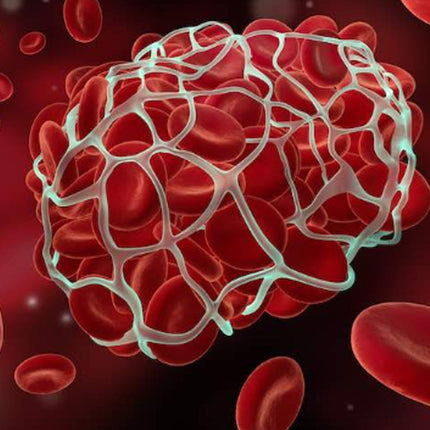
- Posted on
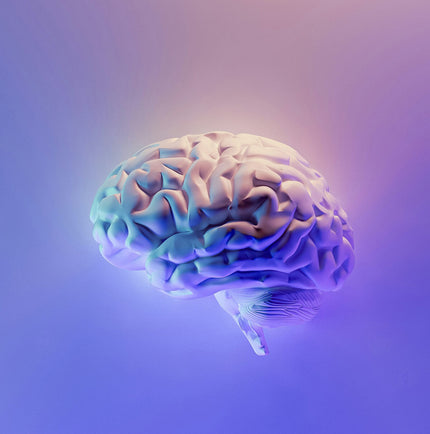
- Posted on

- Posted on

- Posted on
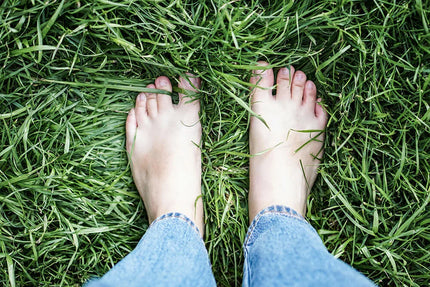
- Posted on
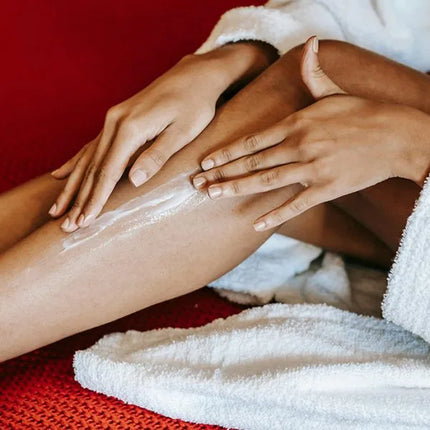
- Posted on

- Posted on

- Posted on

- Posted on

- Posted on
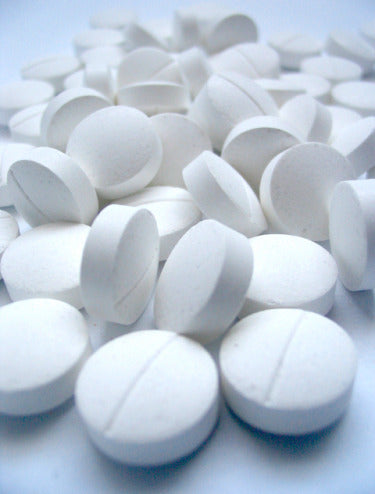
- Posted on

- Posted on

- Posted on
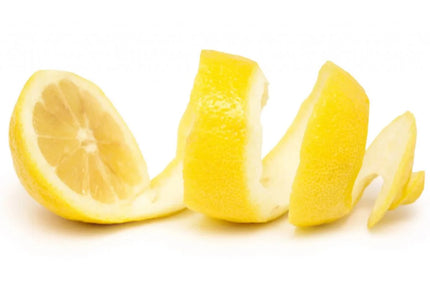
- Posted on
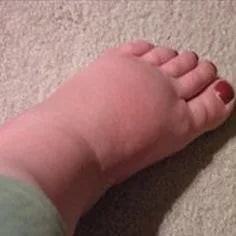
- Posted on
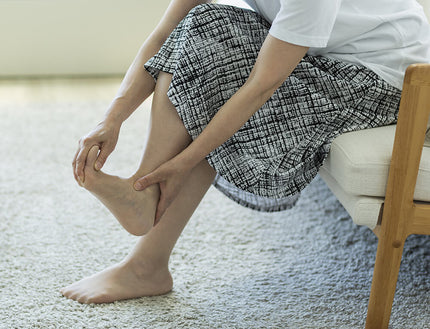
- Posted on

- Posted on

- Posted on
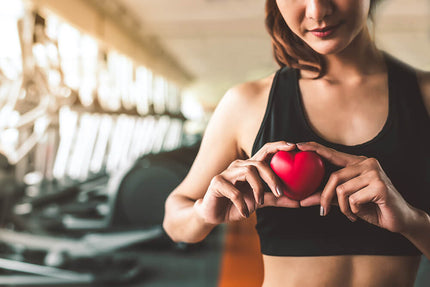
- Posted on

- Posted on

- Posted on
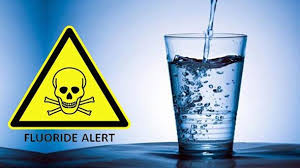
- Posted on
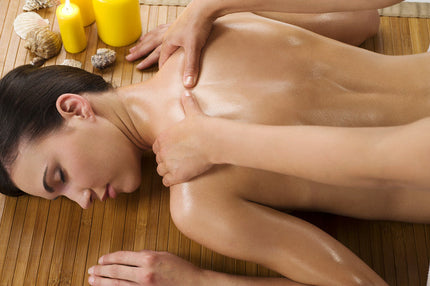
- Posted on
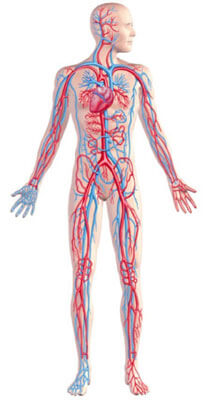
- Posted on

- Posted on
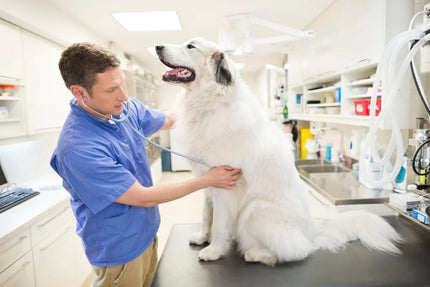
- Posted on
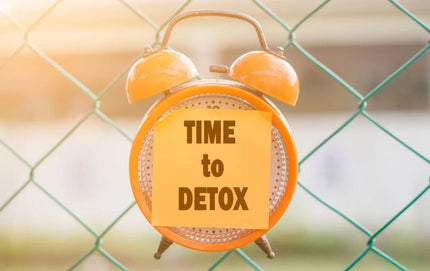
- Posted on
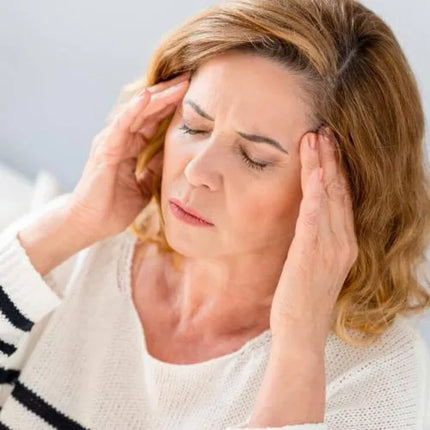
- Posted on
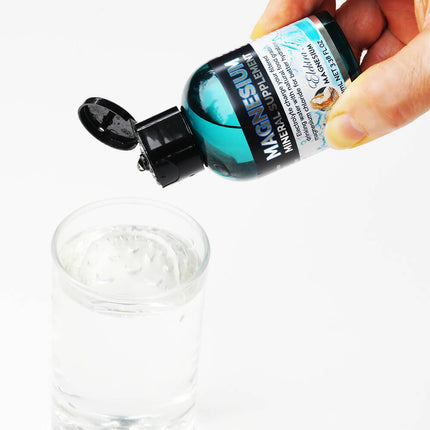
- Posted on

- Posted on

- Posted on
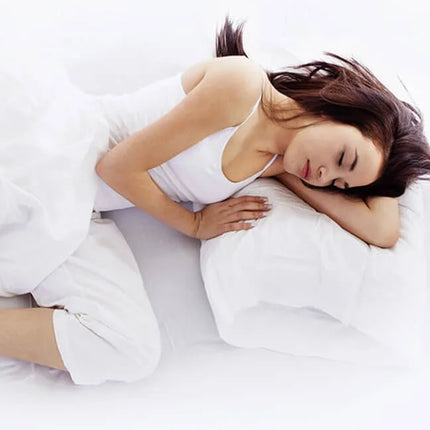
- Posted on

- Posted on

- Posted on
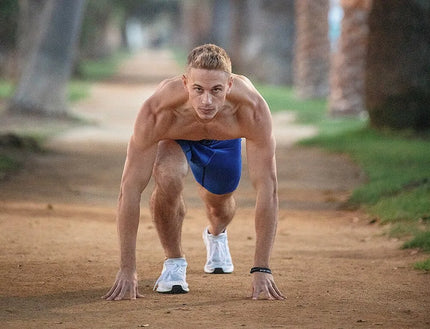
- Posted on
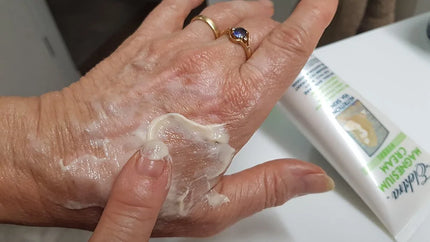
- Posted on

- Posted on

- Posted on

- Posted on
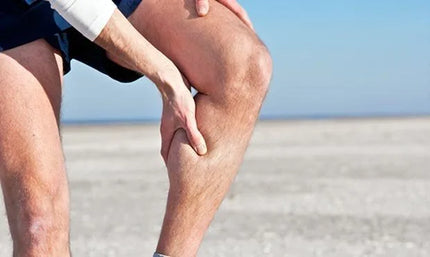
- Posted on

- Posted on
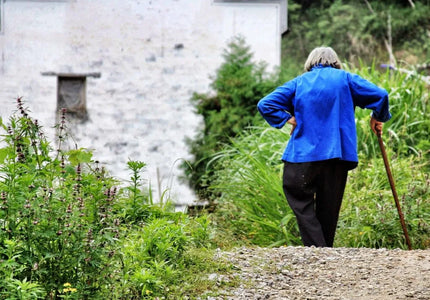
- Posted on

- Posted on
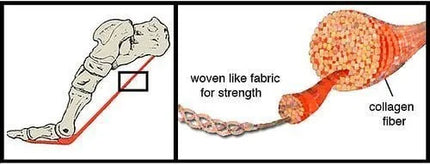
- Posted on

- Posted on
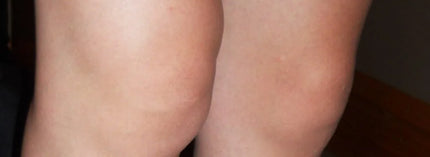
- Posted on
